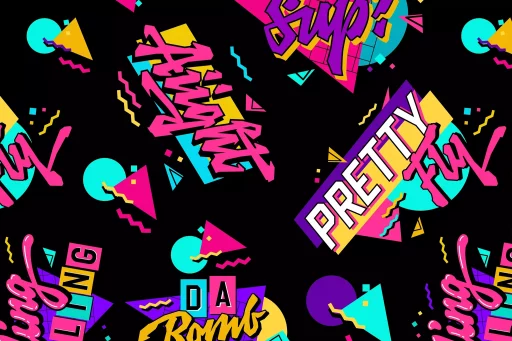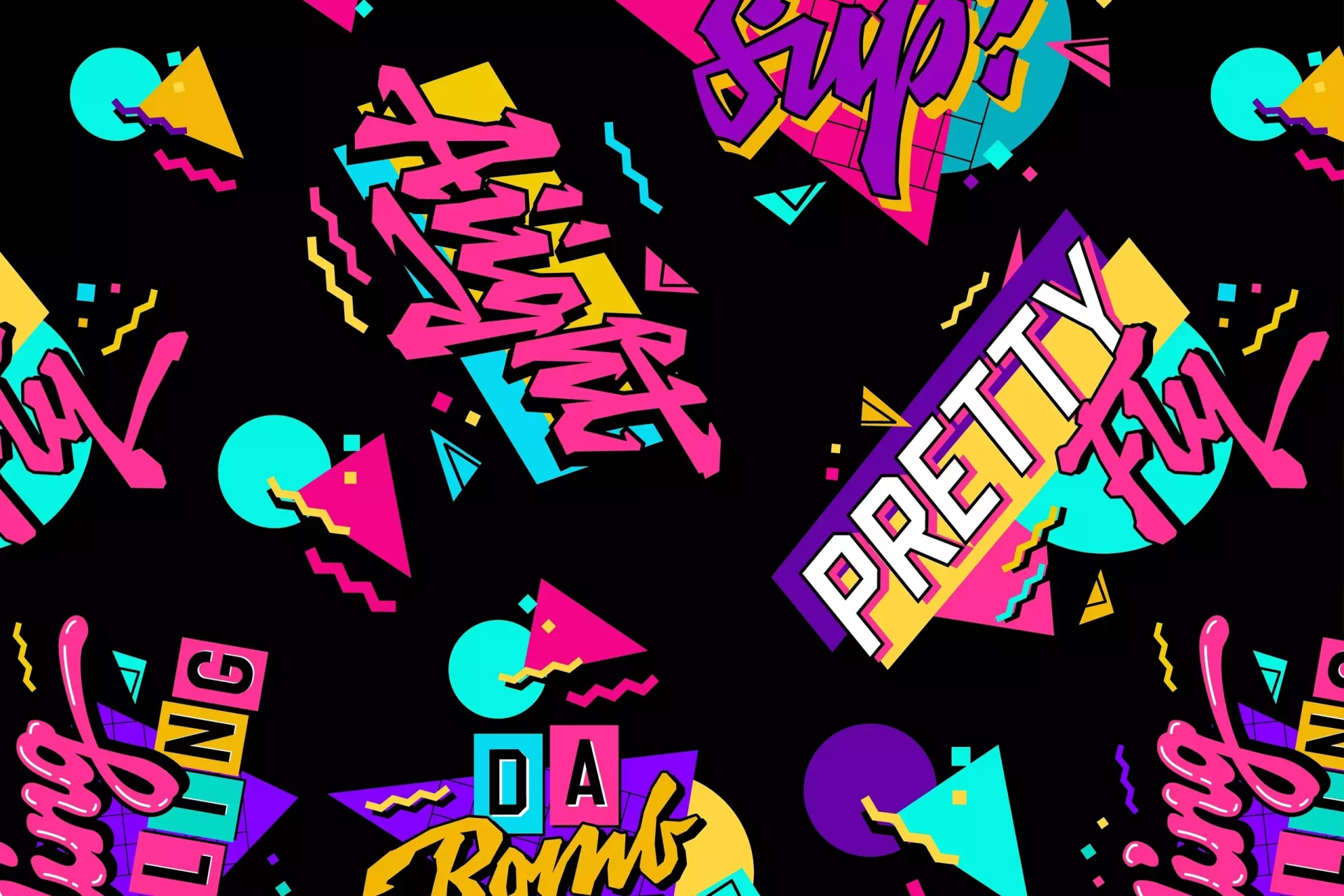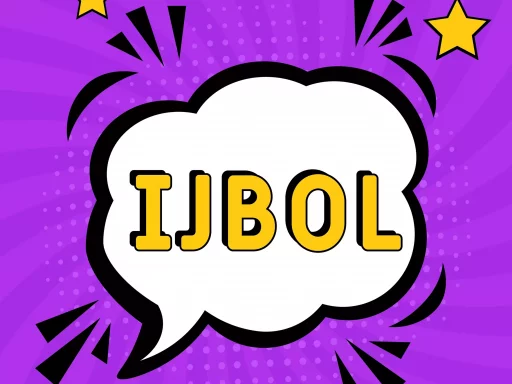Introduction to Call Girl Slang
Call girl slang refers to the colloquial terms and phrases used within the sex work industry, particularly among prostitutes who operate independently. Understanding this slang is essential for various reasons, including cultural insight, anthropological research, and even legal studies related to sex work.
The History Behind Call Girl Slang
The term ‘call girl’ emerged in the early 20th century as a euphemism for women who provided sexual services in exchange for money, often by appointment rather than on the street. Over the decades, this industry has developed a rich lexicon of unique expressions and slang, shaped by societal views, legal frameworks, and the digital era.
Common Call Girl Slang Terms
- Provider: A neutral term for someone who offers sexual services.
- Appointment: A scheduled meeting between a client and a call girl.
- GFE (Girlfriend Experience): Services that mimic a romantic relationship.
- Incall/Outcall: Incall means the service takes place at the provider’s location, while outcall signifies the provider going to the client’s chosen location.
- Quota: A target number of clients or earnings a call girl aims to meet during a specific period.
- John: A slang term for a male client.
- Agency: A business that connects sex workers with clients.
- Honey: A term of endearment often used among providers.
The Cultural Impact of Call Girl Slang
Language plays a vital role in shaping identity and community. Call girl slang fosters a sense of belonging among sex workers, creating an in-group that understands the nuances of their profession. Moreover, it often reflects the societal attitudes towards sex work, highlighting stigmas or attempts at normalization.
Case Studies: The Use of Slang in Context
To illustrate the significance of call girl slang, consider these two different scenarios:
Case Study 1: The Independent Provider
An independent call girl may refer to herself as a “provider” when marketing her services online. She builds her brand around the idea of offering a GFE, crafting her advertisement to appeal to clients seeking emotional connection, not just physical services. The use of terms like GFE and appointment showcases her professionalism and discretion.
Case Study 2: The Agency Model
In contrast, a provider working under an agency may use different slang, emphasizing terms like “quota” when discussing earnings with her peers. This woman may also refer to her clients as “Johns” within the agency context, reflecting the common terminology used in the industry. Such language keeps the emphasis on business transactions and helps to protect the personal identities of both providers and clients.
Statistics on the Sex Work Industry
While it is challenging to capture comprehensive statistics due to the clandestine nature of the industry, various studies and reports shed light on some aspects:
- According to a study by the National Institute of Justice, approximately 1 in every 10 men have paid for sex at some point in their lives.
- The Human Rights Campaign notes that a significant portion of sex workers report challenges related to legal discrimination and violence.
- A report from SWOP Behind Bars indicates that 30% of sex workers have been involved with some form of agency.
Conclusion: The Importance of Understanding Call Girl Slang
Call girl slang goes beyond mere vocabulary; it encapsulates the experiences, challenges, and cultural identities of those within the sex work industry. Understanding this slang can facilitate better communication, promote awareness, and foster a more compassionate perspective toward sex workers. Ultimately, it is an integral part of the ongoing conversation about rights, respect, and recognition for individuals in this profession.






